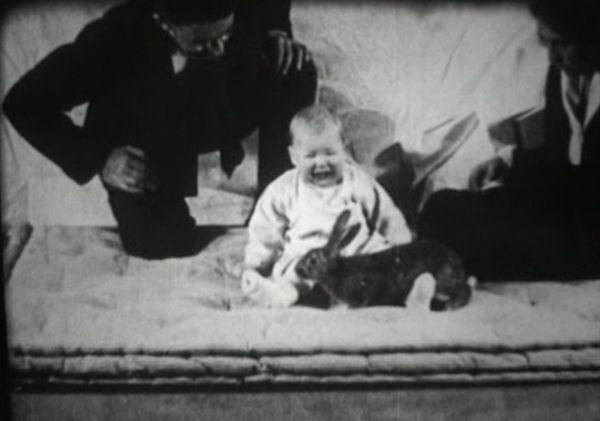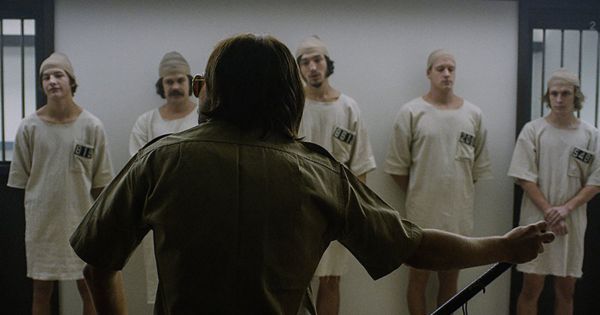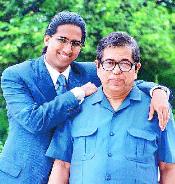While controversy is a part of innovative experiments that lead to the growth of science, some psychological studies have faced it much more than others. Since psychological studies are conducted on human subjects, it becomes extremely important to follow certain rules and moral conduct while handling the subjects and activities. However, we have witnessed arguments made against such studies that seem to be highly provocative. Check out a few of these studies and experiments that became most controversial.
The conditioning of little Albert

Image Source : Cdn8.openculture.Com
John Watson conducted a study of classical conditioning in 1920 by inducing the fear of a white rat in an 11-month-old baby named Albert. While Albert used to love this animal, he started being feared when its appearance was paired with a loud hit of a hammer. Later, the little child developed the fear of all white and furry stuff. The study was definitely unethical. It also reported its findings inaccurately. Additionally, the kid was never desensitized to his phobia that may have carried on in his adulthood.
The smashing balls experiment

Image Source : Images.Onionstatic.Com
Some researchers at Yale University conducted an experiment in 1960s in which they smashed tennis balls into people’s foreheads. The balls were flying at a speed of over 120 mph. They wanted to study how subjects’ mental state was influenced by this experiment. This unethical study generated significant data. However, it was shut down in a few days causing ripples of controversies.
The Stanford prison experiment

Image Source : NewYorker.Com
In Stanford University, a prison experiment was conducted by Philip Zimbardo in 1971. It was done to study group behavior among some healthy college students that had to act like prison guards and prisoners. The fake prison was created in the basement of psychology department, but things were tried to be made real. While the experiment started with fake arrests and guarding, the punishments soon became harsher. The guards started humiliating bad prisoners in public and confined them to solitary cells. While sadism was seen among guards, extreme stress was noticed among prisoners. The experiment was ended later.
Psychoanalysis theories of Freud
As Freud looked for a sexual undertone beneath the thoughts and dreams of people, he himself was backfired by the statements claiming that he had oral fixation. He was also criticized for his theory of Oedipus and Electra complexes among kids that made them attracted toward their parents of opposite sex.
The Monster Study

Image Source : Cbsnews1.Cbsistatic.Com
In 1939, Wendell Johnson conducted a stuttering-related study on orphan children. While one group received a positive speech therapy, the other got a negative therapy for speech imperfections. Later, even normal speakers that received criticism for their speech turned into stutterers for lifetime. The study was criticized so badly that the University of Iowa had to apologize for it.
Many experiments and studies in psychology are done to find facts to support certain theories. However, some of the studies go so wrong on moral values and methods that they become highly controversial.



